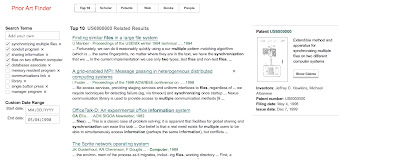There is always a problem with translations in the hunt of most relevant prior art. I have dealt with the same on numerous occasions. though there are some tips which can help to get some good machine translation free of cost, as most of the time searcher only needs an idea of how invention works.
Note: In case the Japanese patent is filed in WIPO you can obtain its translation via patent scope using google translator OR microsoft translator.
Note: In case Korean patent is filed in WIPO, you can obtain its translation via patent scope using KIPRIS translation which otherwise would cost 40$.
if any buddy has some other advises please leave comments. thanks
JAPAN
As japan is a major patent authority it is often required that Japanese patents can be machine translated though PAJ provides good and reliable machine translation but it only works for patents published after 1992. Before it there is not much patent translation available even subscription based patent searching databases only offer translation for Japanese patents after 1992.Note: In case the Japanese patent is filed in WIPO you can obtain its translation via patent scope using google translator OR microsoft translator.
KOREA
Korean patents make things worse as the translation from Google translator is not very good. though in case patent is published after 2006 thomson innovation gives a good patent translation through its in house machine translation.Note: In case Korean patent is filed in WIPO, you can obtain its translation via patent scope using KIPRIS translation which otherwise would cost 40$.
China
chinese patent translation is new thing to patent searchers but as the filing is increasing very rapidly in chinese patent office. Chinese translations are also very vital to patent searching, all subscription based patent search database provide acceptable translation for Chinese patents, but for better one you can use SIPO translator. which gives better translation than Google OR Microsoft.if any buddy has some other advises please leave comments. thanks

